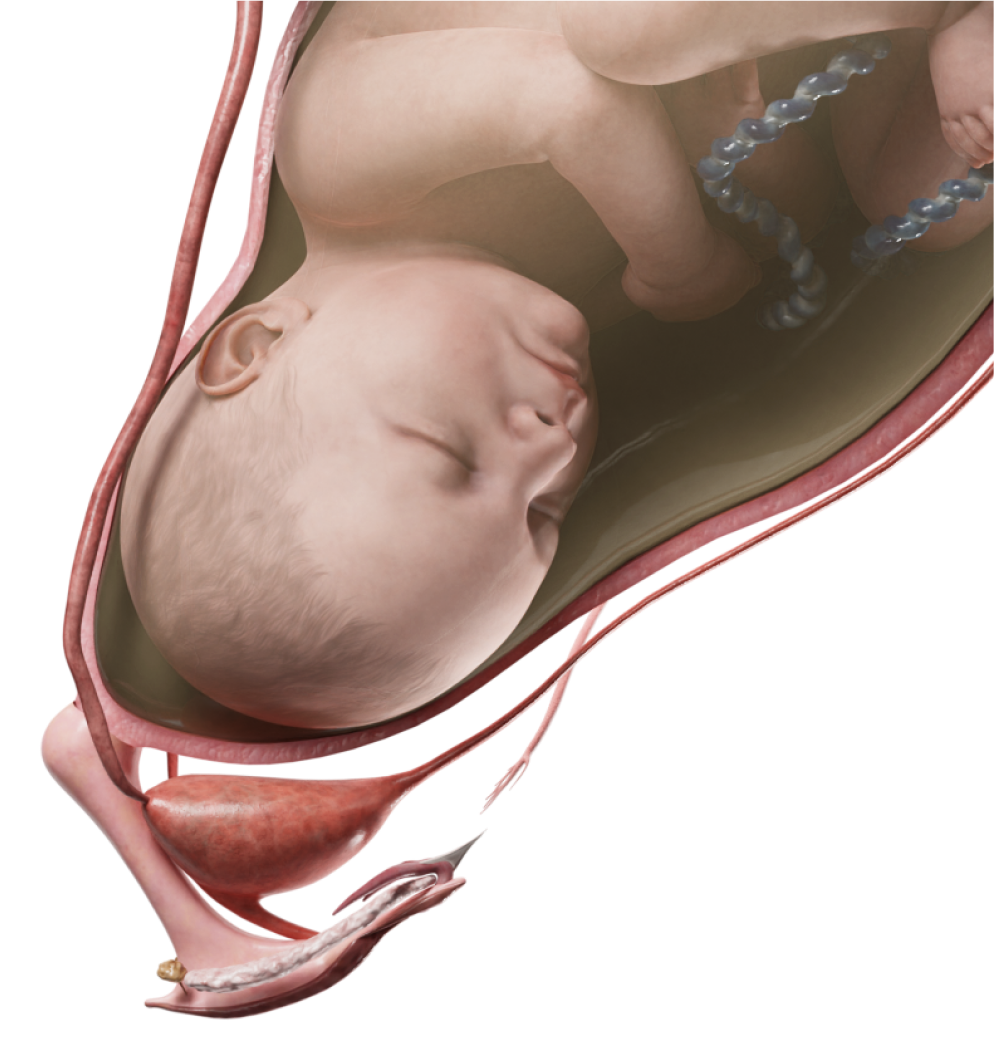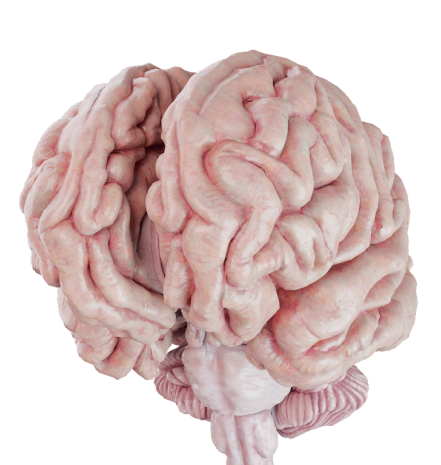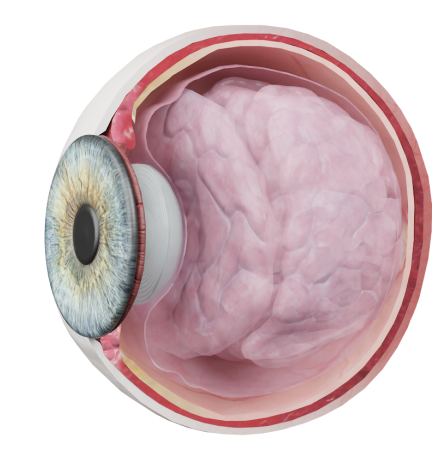Tricuspid valve defects
Tricuspid Stenosis
Tricuspid stenosis (TS) is an acquired heart disease characterized by morphological changes in the tricuspid valve (TV) and a narrowing of its orifice. This condition is generally rheumatic in origin, with rheumatic fever being the prevalent cause.
Anatomic Pathology
In TS patients, structural changes occur in the papillary muscles, chordae tendineae, and leaflets. The chordae tendineae are thickened, fused, and tend to connect to the single papillary muscle or intersect in the right ventricular (RV) cavity. The valve may be fused along the commissures, causing its leaflets to become thick and immobile (either partially or completely). In some cases, the atrial side of the TV may exhibit fibrous thickening, which further restricts the leaflet motion.
Pathophysiology
Obstruction to the blood outflow from the RA increases its internal pressure. This triggers right atrial enlargement (RAE) and hypertrophy of the atrial walls. Eventually, systemic venous congestion develops, manifesting in a range of symptoms from hepatomegaly to ascites and edema.
Clinical Manifestations
The disease is characterized by peripheral edema, hepatomegaly, cardiac arrhythmias, and reduced exercise tolerance. On auscultation, the diastolic murmur of TS is heard along the left lower sternal border and is most prominent during inspiration. A soft opening snap may also be present. However, this is not always the case as there may be no detectable abnormalities.
Diagnosis
- ECG: changes are nonspecific; cardiac arrhythmias can be detected.
- Echocardiography: stenosis assessment; systolic pressure gradient; valve morphology.
- Chest X-ray: the right border of the heart may be dilated.
- Cardiac catheterization: in some cases used to assess the degree of stenosis.
Treatment
Drug therapy is used to manage symptoms of heart failure and to prevent and treat arrhythmias. Percutaneous balloon valvuloplasty may also be considered as an option. In a surgical context, tricuspid valve repair or replacement is a commonly employed therapy.
Tricuspid Regurgitation
Tricuspid regurgitation (TR) is an acquired heart disease when the TV leaflets do not close properly, causing the blood to flow backward from the RV into the RA.
Anatomic Pathology
Previous infective endocarditis or rheumatic fever may produce primary (organic) TR. RV enlargement, induced by pulmonary hypertension, congenital heart defects, or heart failure, is the primary cause for secondary (functional) TR.
Carpentier’s functional classification of TR:
Type I: normal leaflet motion (annular dilation; leaflet cleft or perforation).
Type II: excess leaflet motion, i. e. leaflet prolapse (chordal elongation/rupture; papillary muscle elongation/rupture; myxomatous degeneration).
Type III: restricted leaflet motion.
IIIa: restricted opening motion (acute rheumatic fever; degenerative fusion).
IIIb: restricted closing motion (RV dilation; chordal shortening).
Pathophysiology
Backward blood flow into the RA causes its dilatation and increases the internal pressure. Later on, RV heart failure or cardiac arrhythmias may develop.
Clinical Manifestations
These may span a wide range of symptoms, including dyspnea, fatigue during exercise, peripheral edema, ascites, hepatomegaly, distended cervical veins, and cardiac arrhythmias. On auscultation, holosystolic (pansystolic) murmur may be audible along the left sternal border.
Diagnosis
- ECG: changes are nonspecific; cardiac arrhythmias can be detected.
- Echocardiography: TR degree and RA size assessment.
- Chest X-ray: the right border of the heart may be dilated.
- MRI: RV assessment.
- Cardiac catheterization: pulmonary pressure measurement in patients with pulmonary hypertension.
Treatment
Drug therapy for minor TR may help prevent heart failure. If surgical therapy is an option, the valve may be repaired using a range of suture techniques, ring annuloplasty, or bicuspidization. If repair is not feasible, the TV may have to be replaced with a prosthesis.










